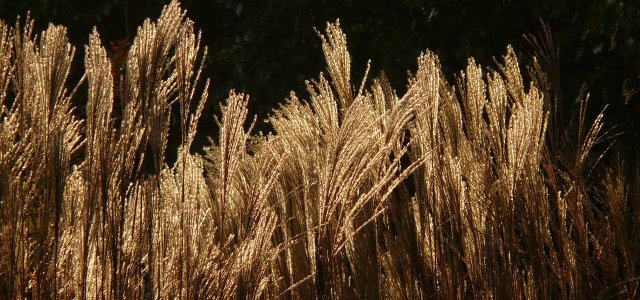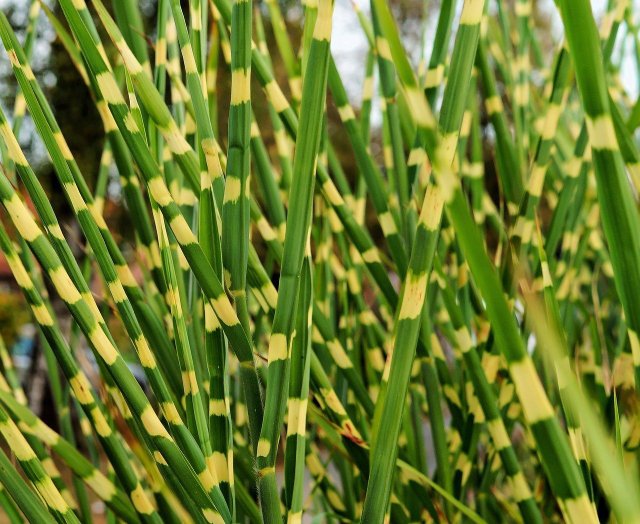
Reed grass is beautiful, robust and versatile. Cutting reeds is elementary for the care. Here we show you how to do it and when the right time is.
Reed is a noble yet low-maintenance garden plant. The grasses are versatile. You can get them in numerous sizes and species, very common are reed, reed cane or dwarf reed. The sweet grass is suitable for edging a garden pond, as a natural privacy screen or to border certain garden areas. Even in winter, the bushy plant is a beautiful eye-catcher.
Contents
Cutting reeds: Preparation over the winter

Cutting reeds is not difficult. It’s just important that you get the timing right and don’t cut it back in the fall. Why you should leave the withered foliage just now:
- Over the winter, the above-ground parts of the culms dry out and die. This protects the sensitive roots of the reed from cold and frost.
- The above-ground leaves also repel moisture and prevent rot from forming on the roots.
- In addition, reed nests provide ideal winter quarters for hedgehogs and numerous other small animals. If you leave your faded reeds over the winter, you provide important retreats for the animals.
- By the way, even winter reeds look pretty and create beautiful accents in an otherwise barren winter garden.
- Tie your reeds loosely together with rope before the first frost sets in, so they won’t bend over in strong winds.
The right time to cut reeds
Don’t cut back reed and other reed varieties until next spring. The timing is important here:
As soon as frost is no longer expected, you can do the pruning.
If you wait too long, the reed grass may already begin to sprout. In this case, you would damage the sensitive young shoots and promote bald spots.
Once you have missed the right time, you should not prune again until the next year and let the garden plant grow naturally.
Instructions for cutting reeds
For pruning reeds you will need:
- thick gardening gloves, so that you do not injure yourself on the sometimes sharp edges of the leaves
- sharp, large garden shears
- rubber boots for reeds at the garden pond
You should always radically shorten the grass. No matter whether reed, dwarf or reed – as a rule of thumb:
- Cut back younger plants to about a hand’s width above the ground.
- You can leave the culms of older plants a good 20 centimeters.
- Time for a root check
When pruning reeds, it is a good idea to check the roots of the plant at the same time. Reed is one of the fast-growing garden plants and can develop roots several meters long if you don’t stop it. So that your reed does not become independent, you should therefore take precautions in the spring.
After pruning, you can see particularly well whether the rhizomes, which sometimes run just above the ground, are spreading too much. If this is the case, you can simply cut off all unwanted parts. Use a spade to cut through the sprawling roots to a depth of a few centimeters and dispose of them together with the cut-back stalks in the compost.


